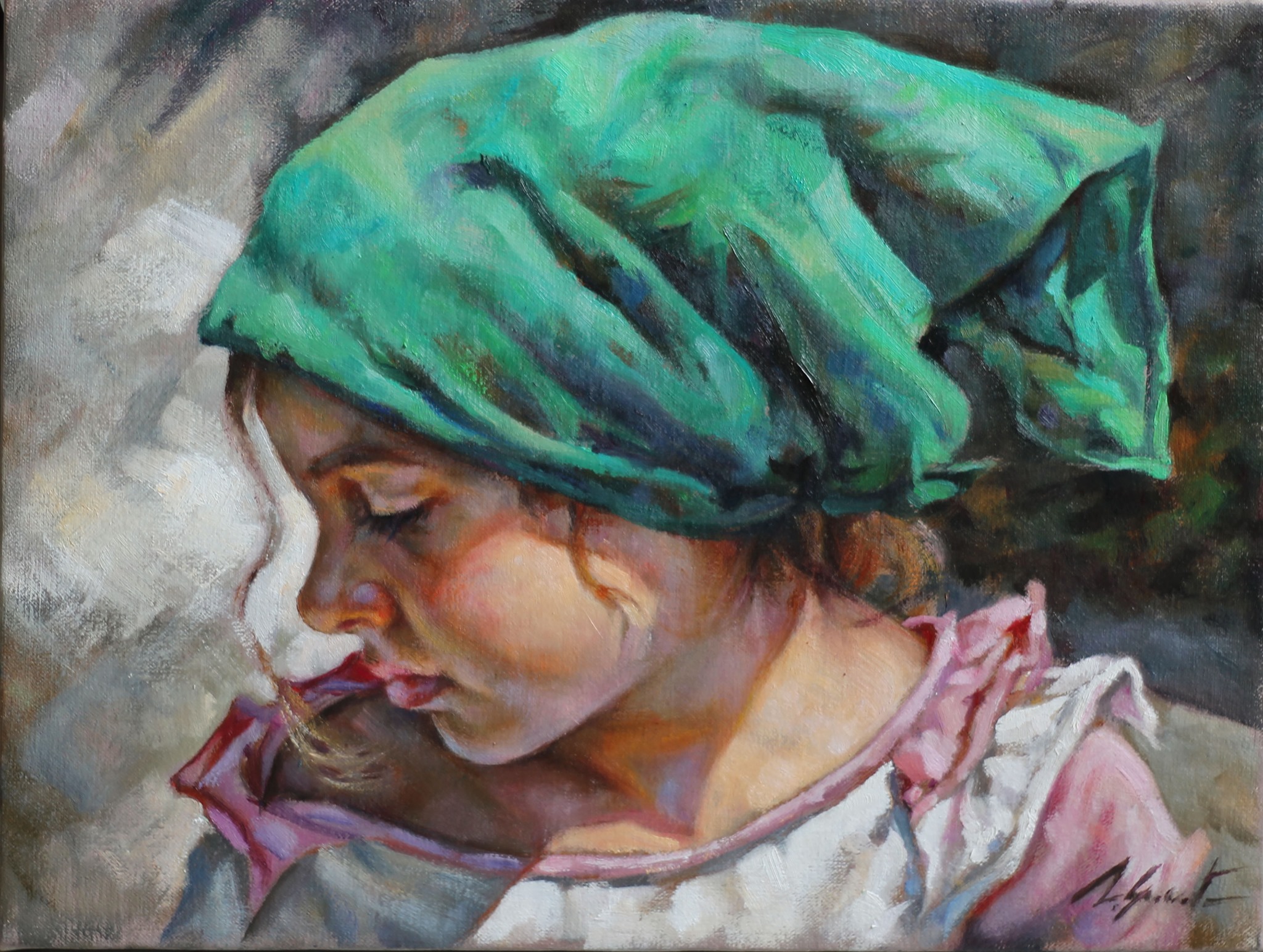Painter and Composer Mark Kostabi was born in Los Angeles to Estonian immigrants. Raised in Whittier, California, he studied drawing and painting at California State University, Fullerton.
Kostabi moved to New York in 1982, and by 1984, emerged as a leading figure in the East Village art scene where he cultivated a provocative media persona by publishing self-interviews reflecting on the commodification of contemporary art.
By 1987, his work was widely exhibited in New York galleries as well as prominently throughout the United States, Japan, Germany and Australia.
He inspired extensive international press coverage in 1988 when he founded Kostabi World, his Manhattan art studio, which employs numerous painting assistants and idea people.
Beginning in the early 1990s Kostabi's work has been widely exhibited throughout Italy. Kostabi established a second home in Rome in 1996. Dividing his time between Rome and New York enabled him to dramatically enhance his presence in the Italian art scene.





.jpg)



